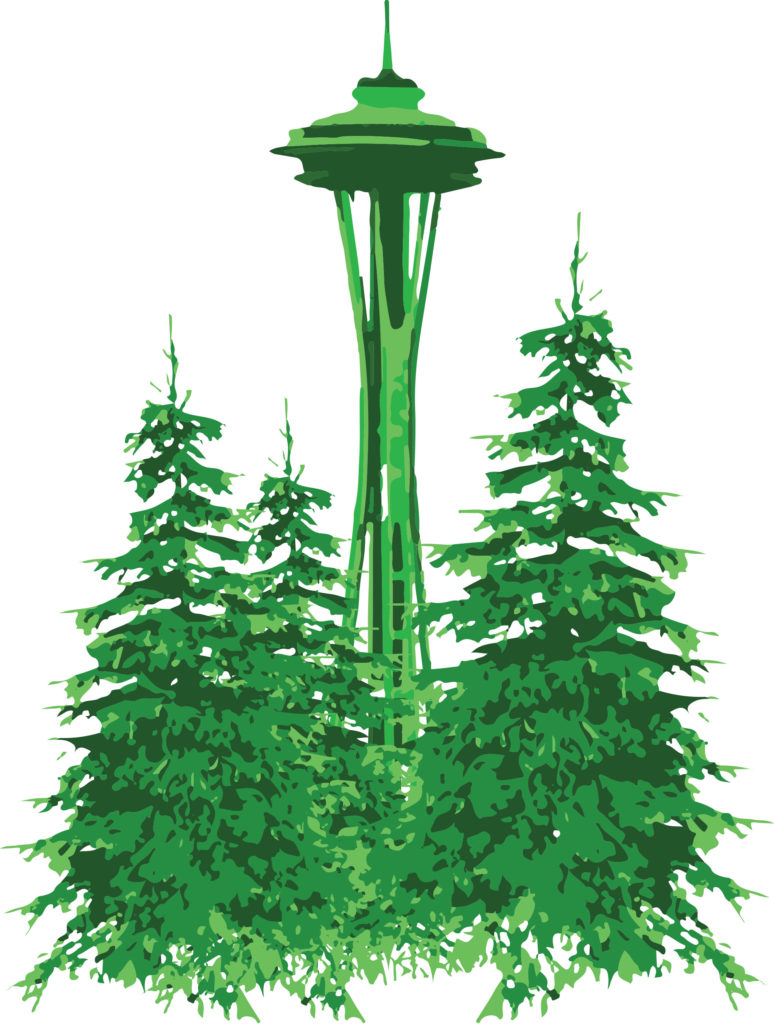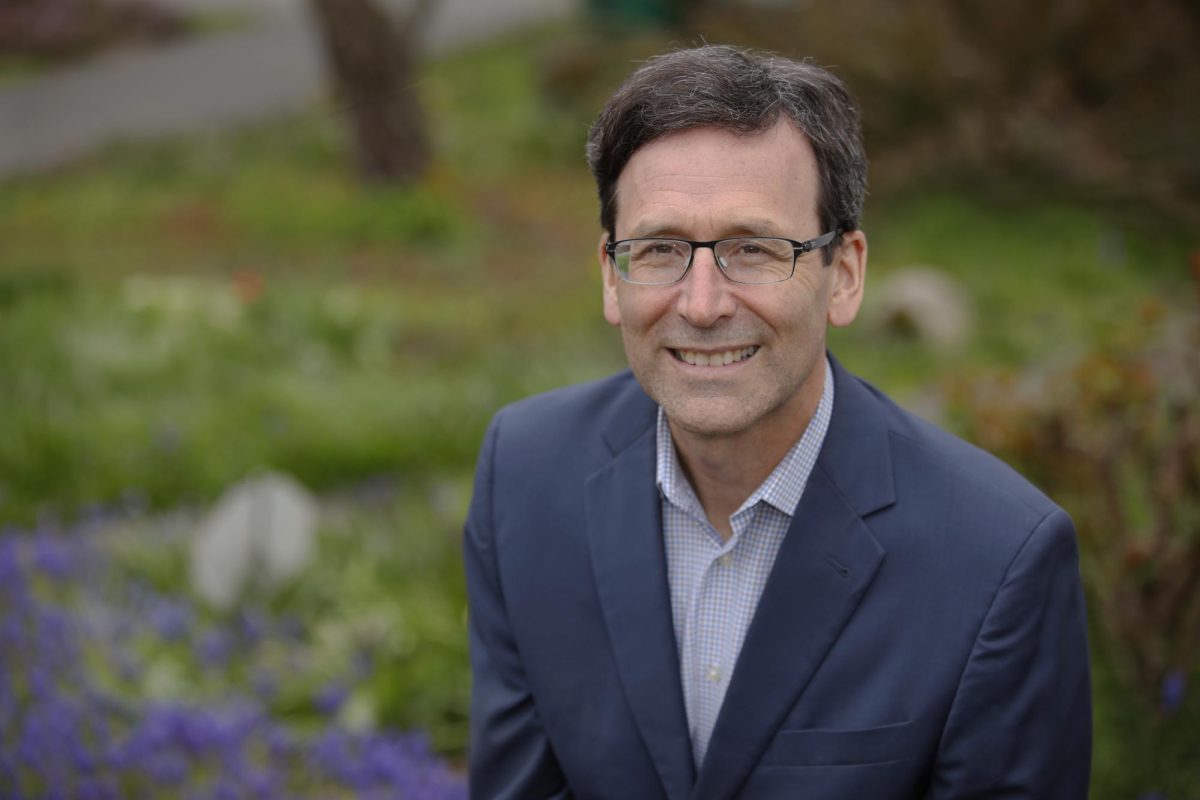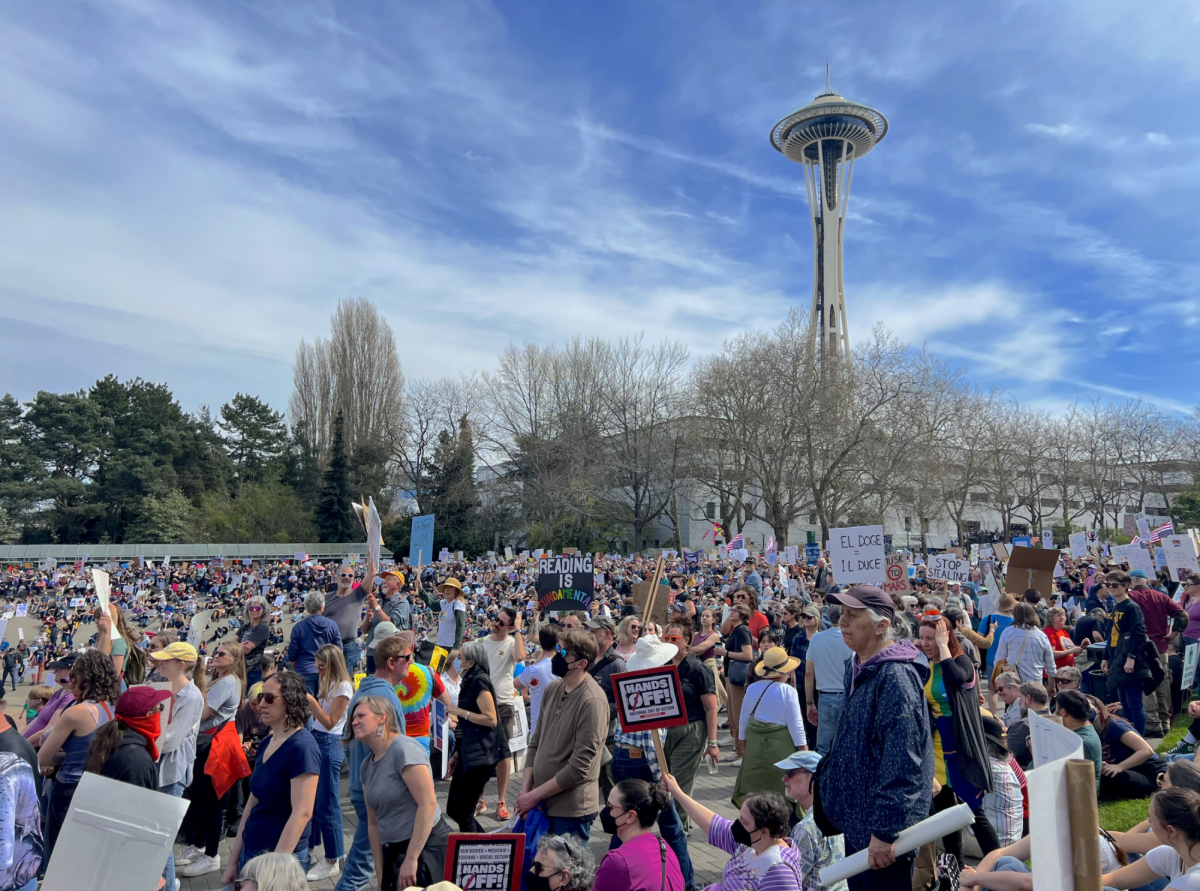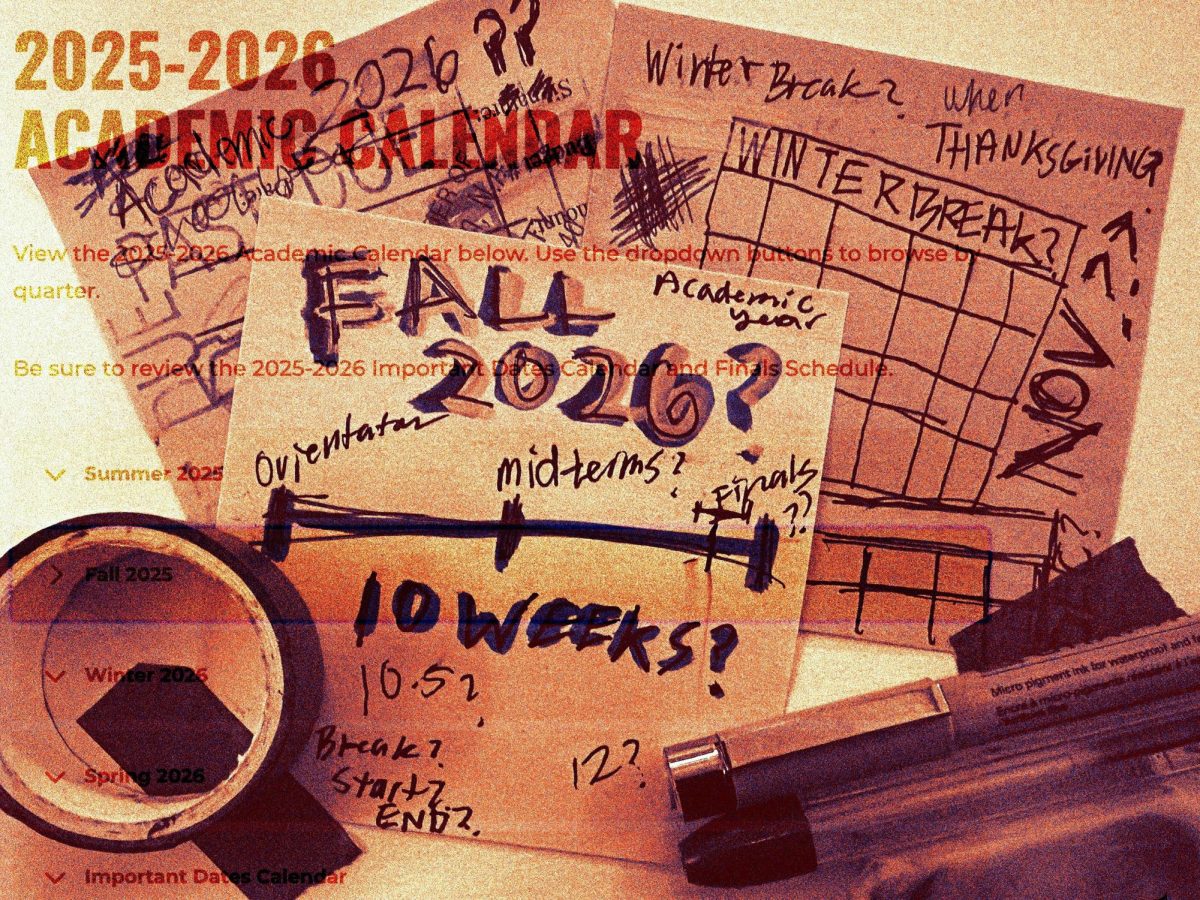Last weekend, a flurry of snow engulfed Seattle, marking the beginning of the city’s sweater weather season. Even with the surprise of this snowy day, the snowfall did not stop the 1,255 volunteers who showed up to plant trees and other native species in parks across Seattle.
The ultimate goal of the Green Seattle Partnership, who organized the event, is to restore 2,500 acres of public land in Seattle by 2025.
“We hope that by 2025, all of these green spaces in Seattle will be healthy trees and native plants instead of invasive species like blackberry,” said Dee Dunbar, a volunteer with Green Seattle Partnership.
Nov. 4 was the 12th annual Green Seattle Day, and Seattle Parks and Recreation, non-profits, volunteers and forest stewards from around Seattle dispersed to parks around the city to get down in the dirt and plant.
Several students from Seattle University got involved in the planting, including folks from Food with Spirit, Engineers for a Sustainable World and Green Team.
Emma Rusin, a first-year Environmental Science major, was one of the students who volunteered.
“I’m really into helping people and the environment. So this was a cool opportunity to do so. Also, I’m not from around here so it was a cool opportunity to get involved with the local community,” Rusin said.
A group of Seattle U students went to Lewis Park, where 285 native plants were buried in the soil and mulched around. Some, but not all of the species that were put in were Sword Fern, Dwarf Oregon Grey, Bleeding Heart, Cascara, Black Hawthorn and Oxalis.
Lewis Park is a natural area in Beacon Hill, containing a pathway that winds its way through the trees. It is a convenient way to get the feeling of being in a forest away from the hustle and bustle of the city without actually leaving Seattle.
This is nice for folks who do not have access to the secluded woods. The park was abandoned and filled with invasive species and trash for a long time, but in 2007 a group called Friends of Lewis Park began restoration work in the park. There is still work to be done, but the park now hosts a variety of native plants and animals, and has a newly constructed path that allows community members to walk through the park and enjoy the sights and sounds.
This progress would not have been possible without the help of volunteers from the Seattle community.
“The community of Seattle should be really proud of themselves. When we started this work in 2007, you couldn’t even walk through this area because it was so invaded with blackberry,” Dunbar told a circle of smiling faces of volunteers in Lewis Park.
After the planting and mulching was complete, the volunteers again gathered at the Jefferson Community center for a free lunch of chili, cornbread and salad. Event sponsors were present to talk to the people present.
The sponsors and organizations involved advocated for a variety of social and environmental justice initiatives and informed community members about issues such as environmental racism, pollution and deforestation. In an attempt to build community and spread information, brochures were handed out and representatives were on site to explain what their company does to help the environment and people around the city.
Peter Kalmes, a volunteer with Seattle Parks and recreation, described the work that goes into setting up Green Seattle Day each year.
“It’s a lot of planning,” he said. “The planning is a year long process and as soon as this year’s event is finished, Forterra will begin planning for next year.”
Forterra is a Pacific Northwest based nonprofit that works to preserve and restore natural land, promote sustainability initiatives for cities and farms and partner with local organizations to do projects such as Green Seattle Day.
According to data provided by Forterra, Washington’s population is projected to increase by 1.5 million people in the next 30 years, and the state has already lost 570,000 acres of farmland in the past decade. The company has restored 7,800 acres of land in cities throughout the Pacific Northwest, and their goal is to continue this work and create healthy cities and farms for the growing population.
The Pacific Northwest is known for its green forests and natural beauty, and events like Green Seattle day are working to uphold this legacy.
“It’s all about taking natural forested areas and park land and once a year trying to make them green again,” Kalmes said.
Of course, it is an ongoing process, but events like this often raise awareness and spur people into action.
The community can be proud of their work last Saturday; a total of 10,034 native plants were placed in 22 sites throughout Seattle, setting a new record for Green Seattle Day. The Emerald city just got a little greener.
Bailee may be reached at
bclark@su-spectator.com









